Inside: We need to go beyond teaching diversity and embracing multicultural studies…we need to celebrate our differences so we can truly begin to value each other.
When my eldest was in 5th grade her small, but diverse Girl Scout troop wanted to have a meeting in December. The girls decided to share their December family traditions with each other.
Christmas is prevalent and pretty much everywhere October through December, but for the girls in our troop, the store decor and music and lights only celebrated two girls.
In our troop, we had a Christian girl, a Muslim girl, a Jain girl, and my daughter, a Jewish girl raised in an interfaith family.
So these girls came together and each taught us about their holiday and brought in traditional treats they eat with their families to celebrate.
It was beautiful to watch each girls’ pride in sharing their family’s traditions.
And it was eye-opening since we all learned so much. I had never heard of the Jan religion and while I don’t know much about the Muslim faith, I found some incredible similarities to my own faith.
The girls all agreed it was one of their favorite things to do as a troop.
When the girls sat and learned about each other’s religions, and about a religion they had never even heard of, they weren’t just tolerating or accepting each other.
They were celebrating each other.
And when we celebrate our differences and enjoy each other, not in spite of our differences, but because of our differences, it bonds and connects us all.
When we know how we’re different, and feel comfortable with those differences, we can then start to see our similarities and find even more common ground.
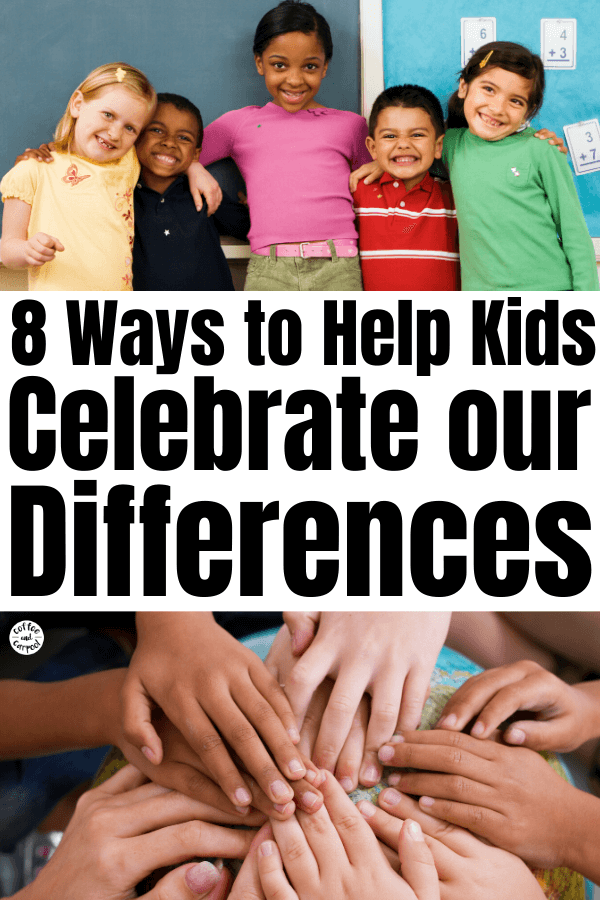
Why we Need to Teach Kids to Celebrate Our Differences
We are all different.
We have different experiences, different home lives, different types of education.
We have different skin colors, different abilities, different strengths, and different weaknesses.
We have different points of view, different religions, and different sexual orientations.
Our differences make us who we are.
So why in the world would we want to only tolerate our differences?
Would we want someone to just tolerate us and our existence?
Pretty sure the answer to that one is “no.”
We want people to see us, understand us, appreciate us for who we are.
We want to celebrate who we are and our heritage, our culture, our religion, our family tree. And we want to pass that celebration down to our children.
But the only way to truly find value and celebrate ourselves is to also find value and celebrate others.
Because the world would be a boring place if we all looked, thought, and acted the same way.
So we have to intentionally teach our children different is beautiful and our differences are meant to be celebrated.
Related: Use this Interactive Different is Beautiful Early Reader for Young Kids
As an added bonus, celebrating our differences will help bully-proof our children.
Bullies tend to target kids who are different, who stand out.
But if we teach our kids to first notice our differences and then celebrate them, we take away the bullies’ abilities to use them against us.
How to Teach Kids to Celebrate our Differences
1. Notice Differences
It’s okay to notice differences. In fact, we need to.
For a long time, many of us were taught it was rude or even racist to notice our differences.
We might have been taught to be “colorblind” and not see color.
Related: Why trying to be ‘colorblind’ when it comes to race doesn’t work
Or we averted our eyes and maybe told our kids “not to stare” if we passed someone with a disability.
(P.S. Instead of “don’t stare” and quickly looking away, say “smile and say ‘hi!‘”)
Because we do see color.
We do see disabilities.
And it’s okay. (What’s obviously not okay is to treat people poorly because of our differences).
Our bodies look different.
And our bodies work differently.
Talking about our differences and valuing our differences and normalizing our differences is the first step towards celebrating our differences.
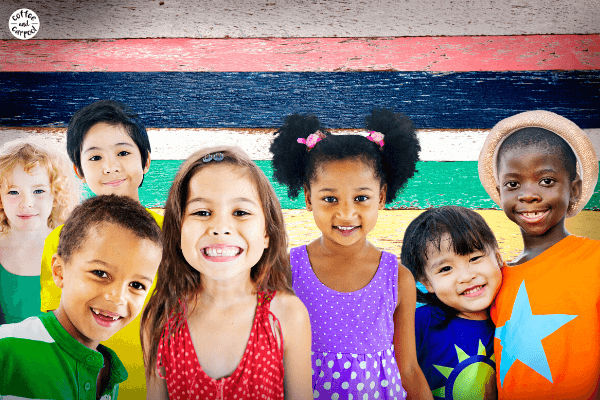
2. Encourage kids to ask questions about the differences they notice
When we were kids, we were often shushed when we pointed out differences or when we asked questions.
Adults wince when kids asked about skin color or special needs.
But kids are genuinely curious creatures. And their questions almost always come from a place of noticing something and wanting more information. They’re not coming at it with judgment like many adults do.
Your kids might wonder:
Why is my skin light and her skin is dark?
Why does she sit in the wheelchair?
Why does he have that cane?
Why does she wear that on her head?
If we respond with shame, our kids will learn to feel shame about noticing our differences.
Instead, we can give them real answers.
And if it’s appropriate, you can help them ask the adult or the parent if you can ask a few questions because your child is curious. Most people will happily answer questions about their disability or religious covering or food they’re eating if you ask respectfully.
If you’re on your own to answer, when kids have questions, you can try this:
- We’re all different and that’s okay. Your legs work so you can walk and run. Her body doesn’t work the same way as yours, so she needs help from the wheelchair. It’s so awesome that the wheelchair helps her move around where she wants to go.
- We are all different and that’s okay. Some of us have light skin because our grandparents and their grandparents had light skin. And some of us have dark skin because their grandparents and their grandparents had dark skin. Our different skin color is beautiful.
- We are all different and that’s okay. I think she might be Muslim and because of her faith, she covers her hair when she’s in public with a hijab so only her family sees her hair. Isn’t that a pretty fabric she chose?
Since our differences aren’t shameful or embarrassing, how we react to our kids noticing those differences should reflect that.

3. Read books that encourage diversity
Sometimes it can be hard to start the conversation about why we should celebrate our differences.
These books will help you get going:
We’re Different, We’re the Same

4. Read books that showcase different skin colors, different religions, different types of families, and different abilities.
We can’t just read books like It’s Okay to be Different.
We also need to fill our bookcases and library bags with storybooks that feature characters who don’t look like our kids.
We need to read them books about different types of families, different holidays, different religions, and different countries.
Our kids (and students) need to see themselves and all their friends and classmates and teammates represented in books.
Here are just a few books that showcase and celebrate differences (this is in no way exhaustive or in any order):
Goodnight Stories for Rebel Girls

Daddy Christmas and Hanukkah Mama
5. Watch TV shows and movies that celebrate differences and showcase different cultures.
Just like we need diverse books, we also need to expose them to diverse media so our kids experience and learn about different cultures and religions and family lives.
You can use this list from Common Sense Media of TV shows with diverse characters…it ranges from cartoons to more adult TV shows.
And you can use this list from In Culture Parents of kids movies with diverse characters or this list from She Knows.
6. Intentionally learn about new cultures and traditions and countries and religions.
We can expand our kids’ knowledge base when we introduce them to cultures different than our own.
You can plan to learn about a new culture each week or each month or just sporadically introduce your kids to the different people of the world.
Besides reading diverse books and watching TVs and movies, you can:
- Visit cultural museums/gardens
- Visit art museums and search for artists that aren’t from your cultural background
- Try new restaurants and diverse foods
- Visit festivals celebrating different heritages
- Attend International festivals and events that celebrate a lot of different cultures and countries.
- Ask friends or neighbors to attend a holiday or event at their house
- Plan vacations or virtual vacations to new countries
- Learn different phrases in different languages or work to learn a new language
- Play the Little Passports boardgame, Where To? Travel Adventure Board Game
7. Provide multicultural craft supplies and toys for your kids
As a white family, we often have mostly white-skinned toys. White baby dolls, white dollhouse people, light-skinned puppets.
We needed more diversity in our toys.
Luckily we went to a Mommy and Me preschool that provided incredibly diverse toys for my kids.
Related: How to Build a Diverse Playroom from Happy Toddler Playroom
Now they’re older and in school, we make sure to have skin color/multicultural crayons, colored pencils and markers so they can draw their friends in more than the one perfunctory shade of brown in a normal crayon set.
If you’re going to grab a set for your family, grab a few for your kids’ classroom and send them in as a teacher gift. Not all schools provide these.
8. Seek out friendships for your kids with peers who are different
When you’re meeting new families and your kids befriend kids on the playground, find families that don’t look like yours. That don’t celebrate the same holidays. That eat different, “ethnic” foods.
Intentionally look for friends that have different abilities, different skin colors, and different family lives.
This is especially essential if we live in a town that has very little diversity.
Because we can in fact teach kids to celebrate our differences.
But in order to celebrate differences, our kids have to be around people who are different.
When they’re around people who are different, they’ll learn that our differences are not only okay, they’re meant to be celebrated.
And that’s how we create the next generation of compassionate, kind, socially-just adults.

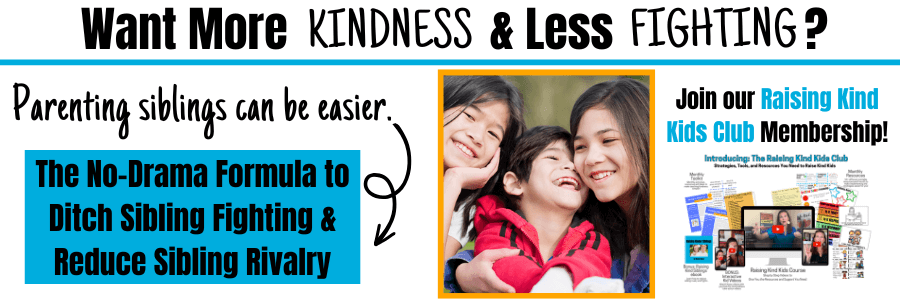
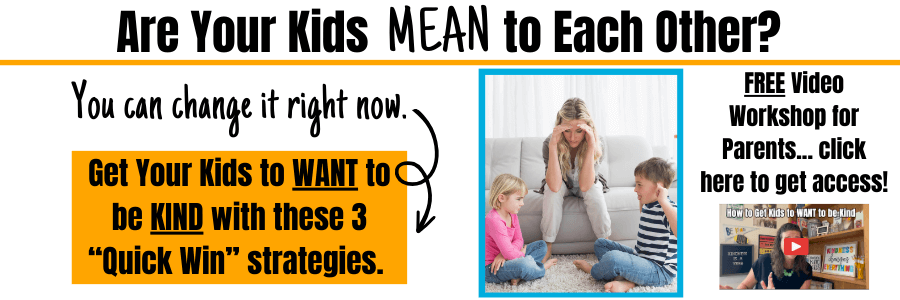
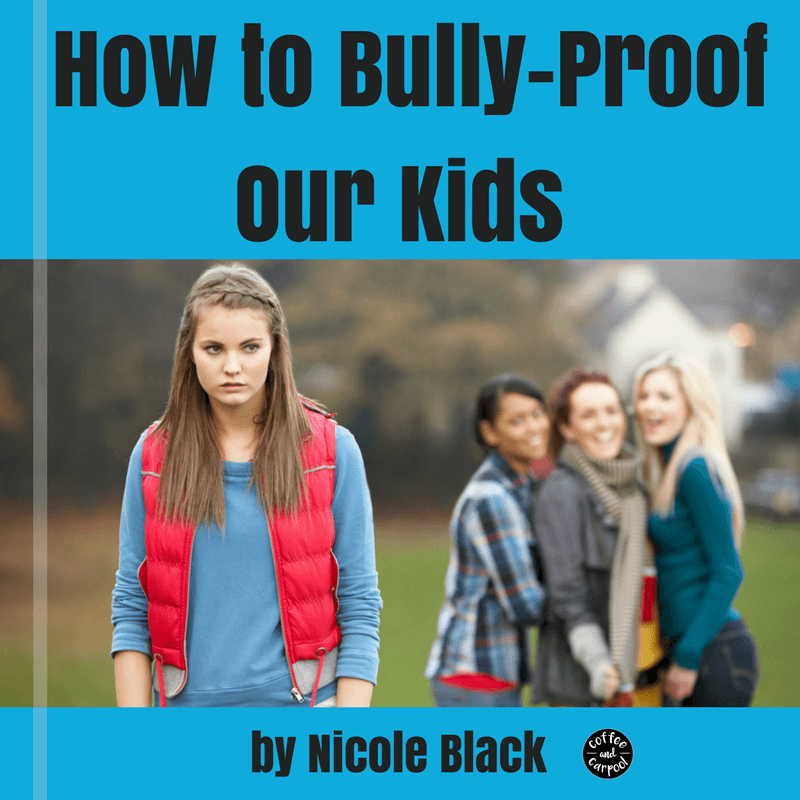



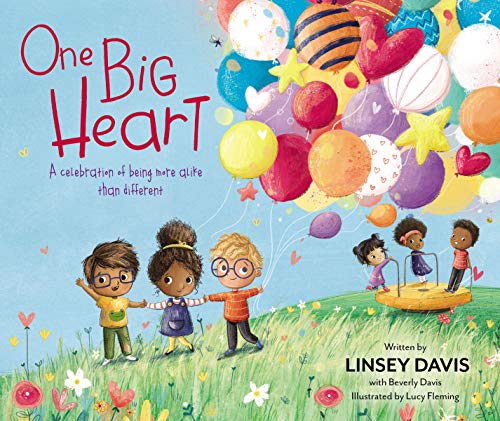




























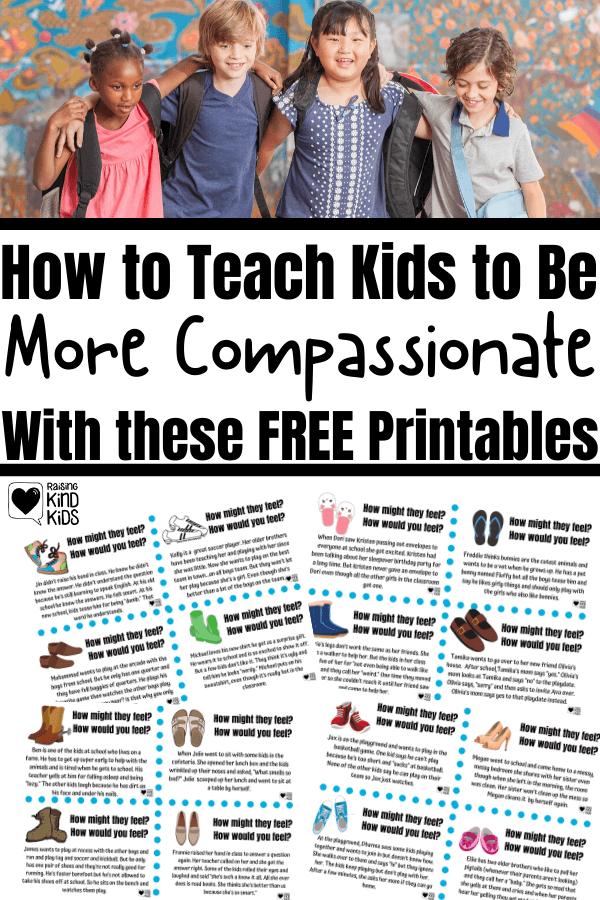
Leave a Reply